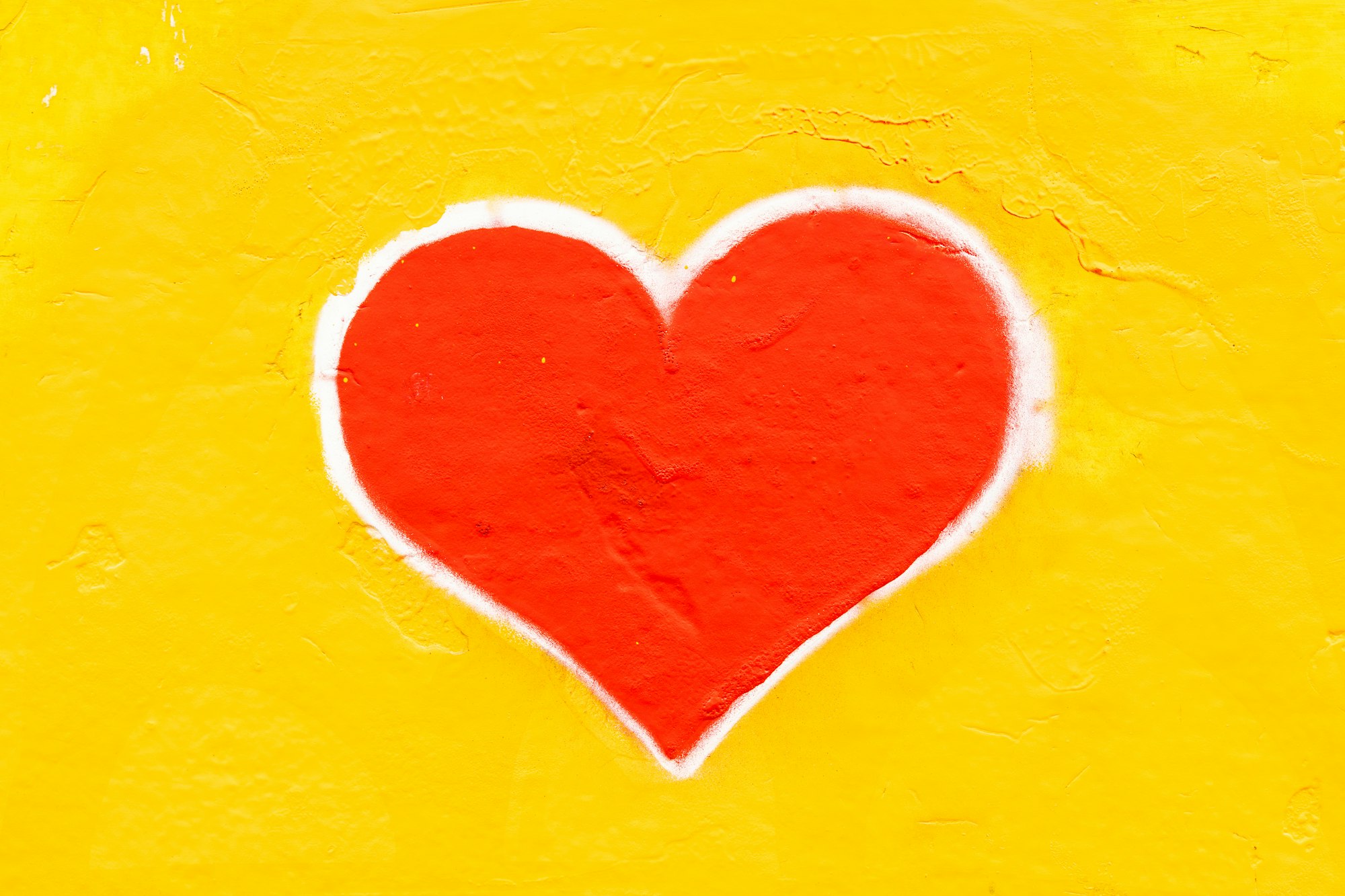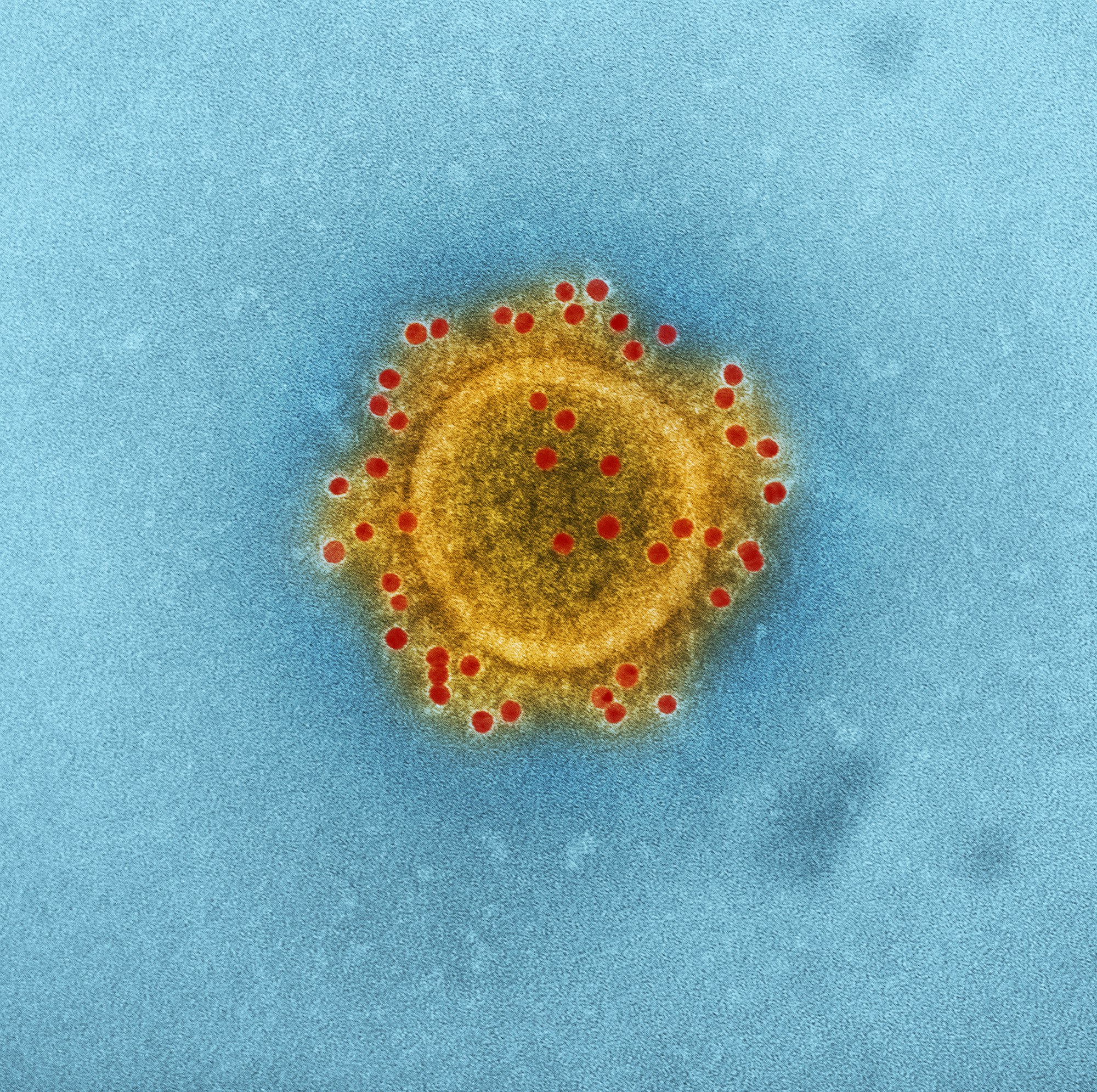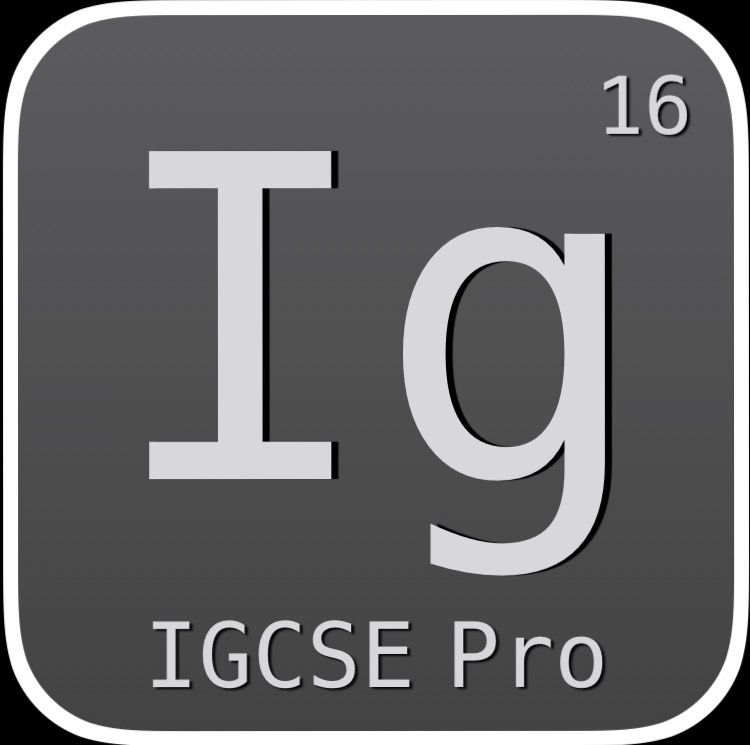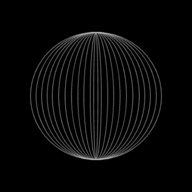Transport in Animals

The Circulatory System
The main transport system of human is the circulatory system.
The circulatory system consists of:
- Blood vessels– a network of tubes
- The heart– a pump
- Valves– that ensures the flow of blood is in the right direction.
Functions of the circulatory system:
- To transport nutrients and oxygen to the cells
- To remove waste and carbon dioxide from the cells
- To provide for efficient gas exchange
Oxygenated and deoxygenated blood
- The blood from the left side of the heart comes from the lungs
2. The blood capillaries surrounding the alveoli get oxygen that diffuses into the blood
3. This blood now contains oxygen and thus it is called as oxygenated blood
4. The oxygenated blood is transported all around the body
5. The oxygen in the blood is used up by body cells in metabolic reactions
6. Now, the blood that remains is called as deoxygenated blood
7. The deoxygenated blood is returned back to the right hand side of the heart, and is sent to the lungs to get oxygenated once again.
Double circulatory system
The human circulatory system is a double circulatory system.
A double circulatory system is one where blood is transported through the heart twice in one complete cycle.
Beginning at the lungs, blood flows into the left-hand side of the heart, and then out to the rest of the body. It is brought back to the right-side of the heart, before going back to the lungs again.
The importance of a double circulatory system
The pressure applied to pump the blood all over the body is not lost; it is returned to the heart to raise the pressure again.
In a double circulatory system, the oxygenated blood is transported at a faster rate through the body’s organs.
Transporting blood at a faster rate is particularly important as tissues that are metabolically active will require oxygen in abundance. A double circulatory system ensures that the oxygenated blood reaches the tissues on priority.
The Heart
Is made up of the cardiac muscle which contracts and relaxes throughout life
The heart is divided into 4 chambers:
| Left Atrium | Receives oxygenated blood from the lungs and passes it to the left ventricle |
|---|---|
| Left Ventricle | Receives oxygenated blood from the Left Atrium and pumps it all over the body |
| Right Atrium | Receives deoxygenated blood from the body and passes it to the Right Ventricle |
| Right Ventricle | Receives deoxygenated blood from the right atrium and pumps it over to the lungs to get oxygenated |
The Heart also has 4 associated blood vessels:
| Vein | Function |
|---|---|
| Pulmonary vein | Brings oxygenated blood to the left atrium from the lungs |
| Aorta | Receives oxygenated blood from the left ventricle and pumps it all over the body |
| Vena cava | Brings deoxygenated blood to the right atrium from the body |
| Pulmonary artery | Receives deoxygenated blood from the right ventricle and pumps it over to the lungs to get oxygenated |
Important: the reason why the walls of the ventricles are thicker than those of the atria is due to the fact that the atria just receive the blood; the actual task of pumping it out of the heart is done by the ventricles.
Important: the reason why the left ventricle’s walls are thicker than those of the right ventricle is due to the fact that the right ventricle pumps the blood to the lungs, which are in close proximity to the heart. The left ventricle has the job of transporting the blood all over the body.
Other Parts of the Heart
The Pacemaker: is a patch of muscle in the right atrium which controls the rate at which the heart beats according to the needs of the body.
- If you are exercising, then the body will need a lot of oxygen; you soon take up an oxygen debt which causes a drop in the ph of blood (due to the production of lactic acid)
- The brain senses the drop in pH and sends electrical impulses to the pacemaker to make the heart beat faster.
Systole: the stage of a heart beat in which the muscles in the walls of the heart chambers contract
Diastole: the stage of a heart beat in which the muscles in the walls of the heart relax
Atrioventricular valves: are valves between the atria and ventricles in the heart that prevent the blood from flowing from the ventricles, into the atria.
- The valve on the left hand side of the heart is made of 2 parts and thus is called the bicuspid valve
- The valve on the right hand side of the heart is made of 3 parts and thus is called the tricuspid valve
Coronary Arteries
The muscles of the heart are so thick that the nutrients and oxygen in the blood inside the heart would not be able to diffuse to all the muscles quickly enough.
The heart muscles need a constant supply of oxygen and nutrients so that it can keep transporting and pumping blood. The coronary arteries are responsible for it.
If a coronary artery gets blocked (e.g. by a blood clot), the cardiac muscles run short of oxygen and they cannot respire to obtain energy to contract causing the heart to stops beating. This is called a heart attack or cardiac arrest.

Causes of Coronary Heart Disease
| Cause | Description |
|---|---|
| Smoking | Nicotine damages the circulatory system by narrowing and stiffening blood vessels |
| Blood Cholesterol levels | Diets rich in animal fats containing Low Density Lipids (LDL) cause CHD to develop |
| Age | As you grow older, the risk of developing CHD increases |
| Stress | Unmanageable and long term stress leads to the development of CHD |
| High Blood pressure | Is caused due to heavy amounts of stress and again leads to the development of CHD |
| Gender | CHD often develops in males than in females. (It may be due to sex-linked genes) |
Preventing Coronary Heart Disease
- Stop smoking
- Keep the diet based on saturated fatty food in control
- Have a diet based on fish and vegetable oils
- Exercise Regularly
- Take drugs such as ‘statin’ under the guidance of a physician
Treating Coronary Heart Disease
| Treatment | Function |
|---|---|
| Statins | Helps lower blood pressure |
| Lower the chances of a blood clot forming | |
| Coronary Bypass Operation | A blocked or severely damaged coronary artery is replaced by another length of blood vessel taken from other parts of the body |
| Angioplasty | A balloon is inserted in the damaged coronary artery and is inflated using water |
| Lower the chances of a blood clot forming | |
| Heart Transplant Operation | In the rarest and the worst cases of CHD, a heart transplant operation may be undertaken. |
| Lower the chances of a blood clot forming |
Blood Vessels
Blood vessels are an important part of human transport system.
There are 3 major types of blood vessels in the human transport system:
| Blood vessel | Function | Structure of wall | Width of lumen |
|---|---|---|---|
| Arteries | Carry blood away from the heart | Thick and strong | Relatively narrow |
| Contains muscles and elastic tissues | Varies with heart beat due to recoiling and stretching capacity | ||
| Capillaries | Supply all cells with their requirements | Very thin | Extremely narrow |
| Take away their waste products | Only one cell thick | Wide enough for red blood cells to pass through | |
| Veins | Carry blood towards the heart | Quite thin | Wide |
| Contain lesser amounts of muscles and elastic tissues than arteries | Contains valves |
| Blood Vessel | How structure fits function |
|---|---|
| Arteries | Strength and elasticity needed to withstand the pulsing of the blood as it is pumped through the heart |
| Capillaries | No need for strong walls as most of the blood pressure has been lost. |
| Thin walls and narrow lumen bring blood into close contact with body tissues | |
| Veins | No need for strong walls as most of the blood pressure has been lost. |
| Thin walls and narrow lumen bring blood into close contact with body tissues | |
| Thin walls and narrow lumen bring blood into close contact with body tissues |
Components of blood plasma
| Component | Source | Destination |
|---|---|---|
| Water | Absorbed from small intestine and colon | All cells |
| Fibrinogen | Liver | Remains in the blood |
| Antibodies | Lymphocytes | Remains in the blood |
| Lipids | Absorbed in the ileum | To the liver- for breakdown |
| Derived from fat reserves in the body | To adipose tissue- for storage | |
| To respiring cells- as an energy source | ||
| Carbohydrates | Absorbed in the ileum | To all cells for energy release by respiration |
| Derived by breakdown of glycogen in the liver | ||
| Urea | Liver- by deamination | Kidneys- for excretion |
| Mineral ions | Absorbed in the ileum and colon | To all cells |
| Hormones | Endocrine glands | Target hormones |
| Carbon dioxide | Released by all cells as a waste product of respiration | To the lungs for excretion |
| Oxygen | Lungs | Whole body |
| Heat | Abdomen and muscles | Whole body |
Blood cells – structure and functions
There are 3 types of blood cells:
| Blood Cell | Function |
|---|---|
| Red blood cells (RBC) | Transport oxygen |
| White blood cells (WBC) | Protect the body against disease |
| Platelets | help the blood to clot |
Red Blood Cells (RBC)

- Made in the bone marrow
- Transport oxygen from lungs to all respiring tissues.
- Transport CO2 from all respiring cells to lungs.
- Contain a red pigment- Haemoglobin which contains iron
- Haemoglobin carries oxygen by combining it with iron, to cells that are actively respiring
- Are biconcave disc shaped (this increases the surface area and thus diffusion of oxygen and carbon dioxide)
- Have no nucleus (hence live up to only 4 months)
- Broken down in the liver, spleen and bone marrow
- Some of the iron from the Haemoglobin is stored, and used for making new haemoglobin; some of it is turned into bile pigment and excreted.
White Blood Cells (WBC)
- White blood cells are made in the bone marrow and in the lymph nodes.
- Have a nucleus, often large and lobed.
- Can move around and squeeze out through the walls of blood capillaries.
- They have the function of fighting pathogens

White blood cells are of two major types:
Phagocytes
- Have lobed nuclei and granular cytoplasm.
- Can move out of capillaries, to the site of an infection.
- Remove any microorganisms that invade the body and might cause infection by engulfing and digesting
Lymphocytes
- produce antibodies to fight antigens
- Have large nuclei
There are two different types of lymphocytes:
- B-lymphocytes: secrete antibodies in response to contact with their particular antigen, which may be an invading pathogen or a foreign tissue that has been transplanted.
- T-lymphocytes attack foreign or infected cells and kill them by binding onto their surfaces.
Platelets
- Small fragments of cells, with no nucleus.
- Made in the bone marrow.
- Involved in blood clotting: form blood clot, which stop blood loss and the entrance of pathogens.
Substances transported in the blood
| Substance | Source | Destination |
|---|---|---|
| Oxygen | Lungs | Whole body |
| Carbon dioxide | Whole body | Lungs |
| Urea | Liver | Kidneys |
| Hormones | Endocrine glands | Target organs |
| Digested food | Intestine | Whole body |
| Heat | Muscles and abdomen | Whole body |
Blood clotting
Till now, we have learnt that platelets help in the clotting of blood. Let’s see how this happens now!
- There is cut in the skin
- Blood vessels are damaged
- Damaged blood vessels and tissues begin secreting chemicals
- This activates blood clotting factors
- The soluble plasma protein- fibrinogen changes to an insoluble substance called fibrin.
- Fibrin causes fibres to be made in the damaged blood vessel and tissue
- Red blood cells and platelets get trapped in the fibres
- This forms a blood clot!
Importance of Blood Clotting
Prevent excessive blood loss
- Maintain the blood pressure.
- Prevent the entry of pathogens
- Help in healing
Genetic disease where blood does not clot– Haemophilia
The lymphatic system and tissue fluid
Capillaries leak(!). Their cell walls don’t fit together properly and thus there are small gaps between them.
Substances that leak out from the capillaries:
- White Blood Cells (WBCs)- can easily change their shape unlike red blood cells.
- Blood Plasma
So the substances that leak out from the blood capillaries are known as tissue fluid.
The tissue fluid simply surrounds the body cells.
Importance and functions of tissue fluid
- Supply cells with all their requirements (such as oxygen and nutrients that diffuse)
- Take away the waste products of metabolism out from the cells
- Immediate environment of every cell in the human body
Lymph
- The tissue fluid surrounding the body cells ought to be eventually returned to the blood.
- To make sure this happens, there are another set of capillaries in our body called as lymphatic capillaries.
- The tissue fluid slowly drains into the lymphatic capillaries.
- It is now called lymph
- The lymphatic capillaries eventually join up to form larger lymphatic vessels which empty themselves into the subclavian veins.
- Here the lymph enters the blood.
Features of the Lymphatic system and lymph nodes
- Have valves to ensure the flow of lymph is in one direction
- Run close to the muscles so that muscular contractions squeeze the lymph and for it to move along the vessels.
- Have structures called lymph nodes where new white blood cells are produced
- The white blood cells help in destroying most toxins in the lymph before entering the blood from the subclavian vein.
This is the end of this guide. Hope you enjoyed it! Thanks for using www.igcsepro.org! We hope you will give us a chance to serve you again! Thank you!
Next Topic:


